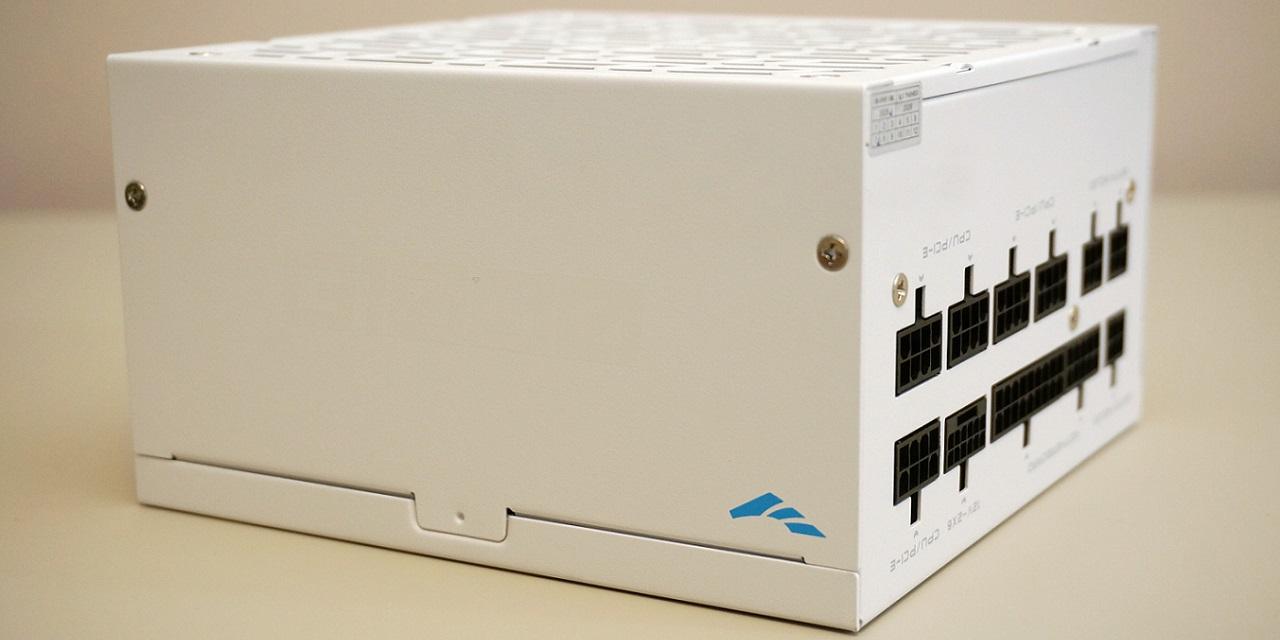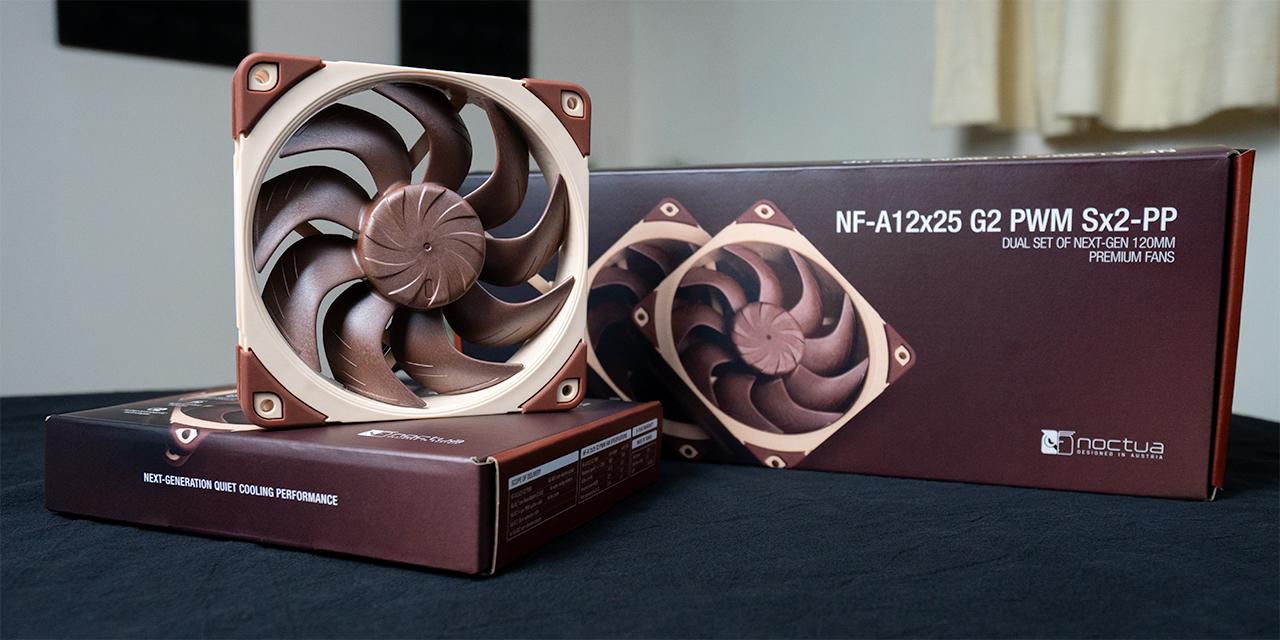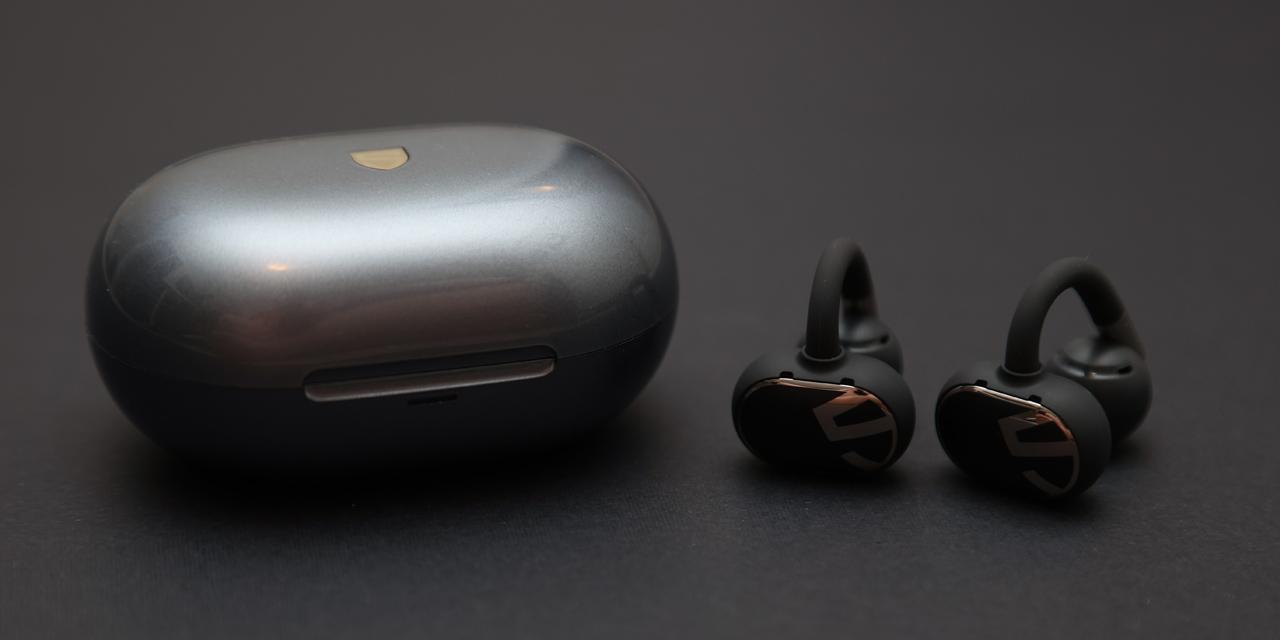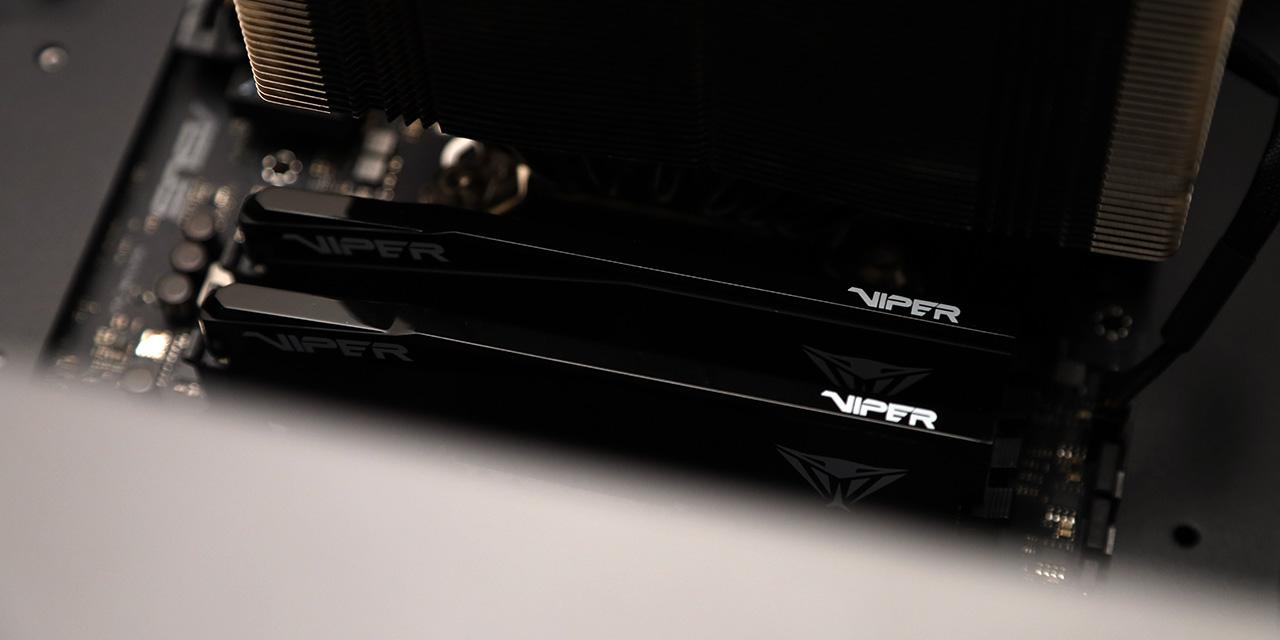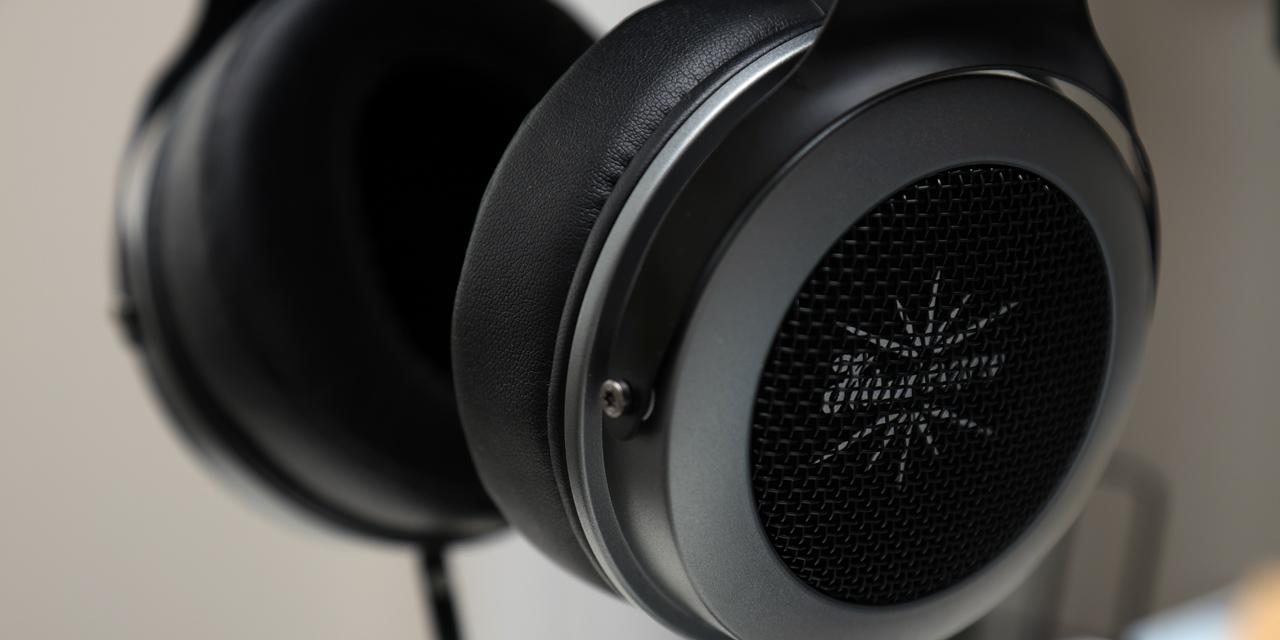Page 2 - A Closer Look - Hardware and Software

The Epomaker x AULA F65 Pro is a standard 65% keyboard when it comes to appearance. It is important to note this keyboard comes in two different variations, being Gray and Black Contour. In terms of finish, both models are made out of ABS plastic and feels as such. Our particular model is the Black Contour variant. Epomaker and AULA opt to use PBT keycaps, something that I personally appreciate, as they are a little more durable. The keycap design fits well with the case, looking like little waves across the keyboard. I will note that the Gray model has regular legending on the top of the keycap, while the Black Contour has front facing legending that is shine-through. The F65 Pro features a standard high-bezel design, keeping the keycaps almost level with the frame of the keyboard. Epomaker chose to place minimal branding on this keyboard, with it only on the underside and 2.4GHz dongle. I personally appreciate this as someone who likes minimal branding. The knob is very smooth to use and operates the volume as you may expect. For those unfamiliar with knobs on keyboards, manufacturers commonly use knobs as a volume dial. The F65 Pro does not come with a wrist rest or adjustable feet, so you will have to adapt to the typing angle, which I personally found to be quite good. I found no issues with typing on this keyboard, but your experience may vary. I do think it is interesting that there was no inclusion of adjustable feet, as it is a common feature on plastic cases.
The Epomaker x AULA F65 Pro measures in at about 322mm length, 112mm width, and 40mm height including the keycaps. Given this design, this is quite standard for a 65% layout. This size also makes sense. In terms of mass, this weighs in at 718g, not including the detachable cord. This weight is expected given the plastic build of the keyboard. Going into the build quality, the top deck shows no flex when pushing between the small gaps of the keyboard, as there is very little space to be pushing down on. When pushing into the keys, there is a good amount of flex provided from the gasket structure. We will expand more on this on the next page. Upon twisting the keyboard, there was some flex as expected from the plastic build. I was quite satisfied with the build quality, despite the fact that this is still a plastic keyboard.

The Epomaker x AULA F65 Pro comes in a 65% QWERTY ANSI layout. The standard 65% layout typically has sixty-seven to sixty-eight keys depending on whether or not we are using a split or divider between the arrow key cluster or not. A split helps to separate the arrow keys from the rest of the main keys by adjusting the bottom row, making for a less cluttered appearance. The F65 Pro uses a split in addition to a knob, reducing the number of keys to sixty-six. The ANSI layout is the standard American layout, which uses a single row Enter key, as seen in some of the earlier images. The keyboard uses a standard bottom row for its key spacing. For those who do not know, 1U standard for a single unit, meaning a 1.25U keycap is 1.25 times wider than a regular one. As such, all of the bottom row keys aside from the space bar and arrow keys are 1.25U. For the average user, the typing experience will feel relatively the same, as the only difference is the smaller right shift and some missing right modifier keys.
The Epomaker x AULA F65 Pro has full N-key rollover, meaning every single key pressed will register even if they are all pressed simultaneously. This means there will be no ghosting issues, where some keys may not be registered. Gamers and fast typists who have fast actions per minute or words per minute will benefit from this, as it will allow more keys to be recognized at the same time. In reality, people usually only need 6-key rollover, so the addition of N-key rollover is nice for extremely fast typists who can reach about 250 words per minute. The inclusion of N-key rollover has become quite standard among keyboards, so this should not come as a surprise the F65 Pro has it as well.

The secondary functions can be accessed by holding down the Fn key on the bottom right side before pressing the indicated key. To make this simple, I will separate the different keys by functionality. In this case, we only have two types, being functions and lighting effects, as the rest of the function utilizes the F-row that does not exist on a 65% layout. The manual does point out these functions, but this is because this page is entirely copy and pasted from previous products.
Starting with basic functions, the Esc key will perform a factory reset. The Q, W, E, and R keys are dedicated to switching between Bluetooth 1, 2, 3, and 2.4GHz, in that respective order, because the F65 Pro has so many connection options. This keyboard can be used with different operating systems given the Bluetooth connection. A will switch to Android, S for Windows, and D for Mac. For any gamers out there, Fn and the Windows key will trigger Windows lock, so that you do not accidentally tab out of the game. I will say Fn + B is a really cool combination, as it checks the battery level of the keyboard by lighting up the top row green to indicate the relative percentage. The next set is the homing keys, where we have K for home, L for End, U for PrtSc, I for Scroll Lock, O for Pause, and Del for Ins.
Moving onto lighting, there are two main sections that can be customized. These areas are the main lights underneath the keycaps and the side glow on the sides of the keyboard. Starting with the keys, backspace will toggle on and off the lights entirely. Enter will cycle through eight different color effects, including a rainbow and excluding white. Up and down arrow keys will change the brightness. Left and right arrow keys will change the speed of the effect. Moving on to the side glow, right Shift will toggle strip effect between five different effects, including off. The comma key will change the speed of animation, and the period key will change the brightness. The question mark key will change the color.

As for the keycaps, these are made out of PBT plastic or polybutylene terephthalate, as previously mentioned. I personally prefer PBT, as the material is harder and resists shining better. The lettering is printed out on the front of the keycaps using a double shot process, which is created by injecting plastic into two different molds and pressing them together. Double shot offers the same or better quality of printing compared to dye sublimation, offering great quality in the case of the Epomaker x AULA F65 Pro. The coloring and legending are sharp. In terms of warp and shine, PBT is an excellent material, as it is decently resistant to both of these qualities. The font used is quite sharp and consistent with the rest of the keyboard, which is something I find nice. Underneath the keycaps, you can see the typical MX stem. This means you can replace the keycaps with another set. This keyboard uses south-facing lights, which is good, as there will be no interference problems using Cherry profile keycaps. In regard to thickness, they are about 1.3mm thick, which is quite good. The significance of the thickness of a keycap is important for the feel and pitch. To keep things simple, thicker ones have more depth and produce a deeper thock, while thinner ones produce a higher pitch sound.
The Epomaker x AULA F65 Pro features the LEOBOG Icesoul switches. These switches are tactile by nature with an early bump. The Zebra switches have a travel of 3.6mm due to it having a longer pole on the stem. This is a large alteration to the standard travel specifications for many mechanical switches, opting for a slightly shorter total travel. The total force required to actuate is roughly 30g for operating. These switches have a rated lifespan of 60 million keystrokes, which is quite long. The F65 Pro is also hot-swappable, meaning you can swap these at any time if they start failing.
Even with these specifications, it is quite hard to picture what these switches actually feel like, so I will try my best to explain. For a stock switch, the LEOBOG Icesoul switches are more than acceptable. The tactile characteristic gives a very responsive bump. If you have used a standard tactile mechanical keyboard before, it will feel quite normal. The Icesoul switches are good and offer a good value.
Moving on to stabilizers, we have plate-mount Cherry stabilizers. If you are unfamiliar, there are two main designs of stabilizers, which are Cherry and Costar. In both cases, these are used to maintain balance in the longer keys and stabilize them, as the name implies. Cherry ones will have stems matching the bottom of most keycaps, while Costar has a wire hooked into a hoop on the keycaps. The main issue with Costar stabilizers is how they are a rattly mess, and there is practically nothing you can do about it. Cherry stabilizers also rattle, but there are ways to reduce the sound, making it the superior choice.
There is also a large difference between plate mount and PCB mount stabilizers. Generally, there are three types of mounting methods, including plate mounting, screw-in, and clip-in. The latter two are PCB-mounted. I personally prefer screw-in stabilizers, as they stay in place the best out of the three options, followed by clip-in. Given the keyboard’s design, plate mount stabilizers make a lot of sense, as they are the easiest to maintain and remove. The ease has a caveat that can also easily fall out. With a small bit of knowledge, anyone should be able to fit them back into place rather easily. With that being said, the included stabilizers are tuned quite well with no apparent rattle.

Taking a peek at the bottom of the keyboard, we have four rubber feet on each of the corners. The feet on the bottom side are average in size and keep the keyboard in place. There should be no noticeable unintentional sliding. There is no cable raceway to manage cables, as the Epomaker x AULA F65 Pro uses a detachable cable design. This is my personal preference, as it makes swapping between keyboards easier.
The included 1.8m USB Type-C cable is greatly appreciated, but I did wish it was braided. Not being braided is fine, as I can easily connect the F65 Pro with the 2.4GHz dongle instead. The 2.4GHz connectivity is quite good, showing no signs of delay. As for the battery, we have a 4000mAh battery, which should last for about 15 hours in with lights on and over a week with lights off. Do note that your mileage may vary based on how active your keyboard usage is, as the F65 Pro has implemented an automatic sleep function, which will turn off all lights until any key is actuated. The implementation of automatic sleep is quite good, as I personally would not have noticed the keyboard went to sleep if it was not for the lights.

After doing my thorough inspection, I put the Epomaker x AULA F65 Pro to use. As these LEOBOG Icesoul switches are tactile in nature, I made sure to account for this in the typing test. My first observation was a nice medium pitch bottoming out sound with no ping. I should note I am typing on top of a desk mat, which dampens higher pitched sounds. However, the lack of pinging is more due to the dampening within the keyboard. Epomaker has provided a good use of silicone to prevent unwanted noise. The smooth linear feel was consistent throughout all the keys, which was nice. As someone who generally enjoys linear switches, I still had a great experience with these pre-lubricated tactile switches. The travel distance and actuation point were both good, and I had no issues whatsoever. A sound test of the Epomaker x AULA F65 Pro can be found above. I found the sound profile to be quite a medium thock.

I would say the Epomaker x AULA F65 Pro has great lighting effects, as the switches are translucent. The lights are incredibly noticeable, as the keycaps are also shine through. The backlighting effects are still nice to have. I had no issue with configuring it using keyboard shortcuts, and the translucent switches and shine through keycaps accentuate. I do not think any users will have any issues in regard to this, despite there being no software. If you want to change up the look, changing the lights or the keycaps is quite easy, as the F65 utilizes the standard MX stem.
Page Index
1. Introduction, Packaging, Specifications
2. A Closer Look - Hardware and Software
3. A Closer Look - Disassembly and Internals
4. Conclusion

